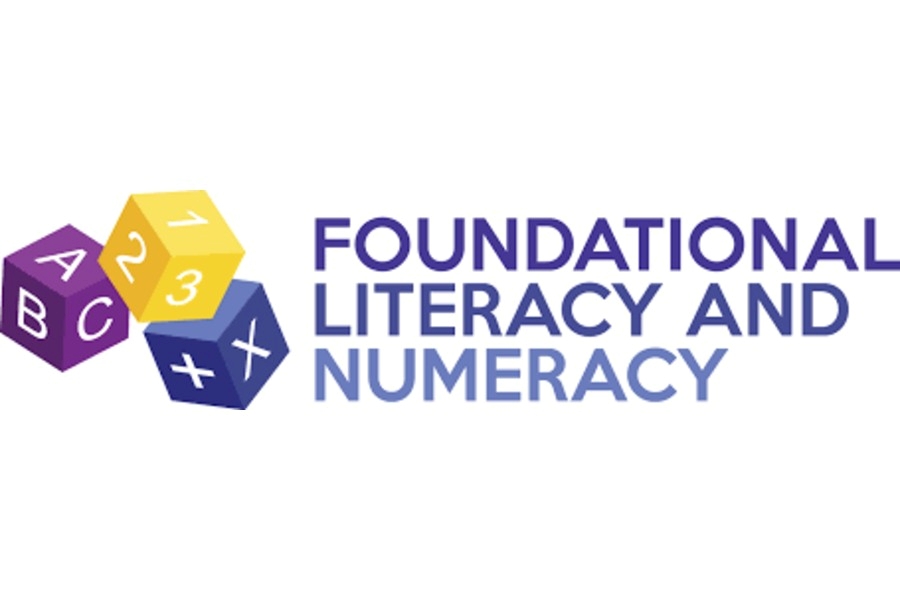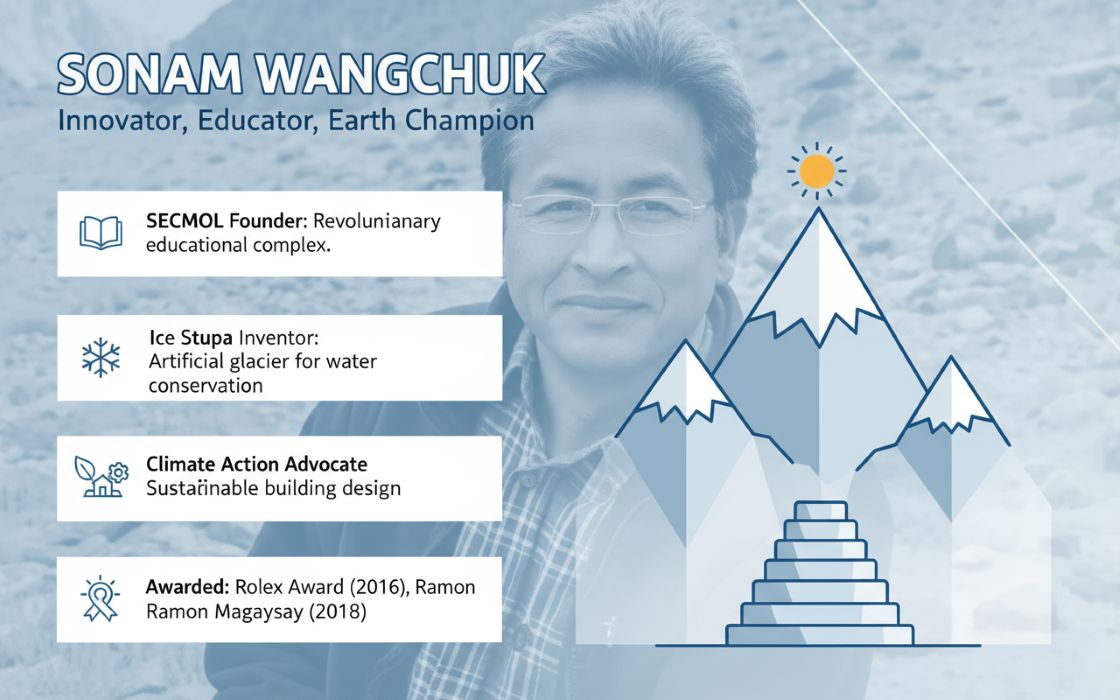In a country where over 65% of the population resides in rural areas but only a fraction have access to timely medical care, innovative solutions are not just needed—they’re imperative. Long travel distances, absence of specialists, and social barriers continue to deny millions of Indians their basic right to healthcare, especially women who often come last in the line of care.
Founded by siblings Shubhang and Smriti Tandon, OCM is India’s fast-growing rural health-tech start-up that leverages telemedicine to bring quality medical consultations to remote communities—right from their local medical store. With 120,000+ consultations across 15+ states and a growing network of e-clinics, OCM is bridging the accessibility gap while creating a safe space for rural women to prioritize their health for the first time in generations.
In this exclusive email interview with TheCSRUniverse, Ms. Smriti Tandon, Co-founder, Online Chikitsa Mitra, shares the deeply personal inspiration behind the initiative, real stories from the field, and the roadmap to reaching 1 lakh e-clinics across India. She also discusses how CSR partnerships, empathetic design, and community-rooted innovation are central to building a sustainable rural healthcare ecosystem—and why the future of healthcare lies in meeting people where they are.
Read along for more insights:
Q. What was the turning point that inspired you and your brother Shubhang Tandon to start Online Chikitsa Mitra? How did your personal and professional experiences shape this vision?
A. The idea for Online Chikitsa Mitra (OCM) took shape through a mix of personal experience and professional insight. A few years ago, a family member needed urgent specialized care in Lucknow, but we struggled to access it in time. That moment made the healthcare gaps in smaller cities painfully clear to me. Around the same time, Shubhang was in the U.S., working on a project focused on point-of-care diagnostics for underserved areas. His experience revealed how technology, if applied thoughtfully, could bridge the massive gap in healthcare access between developed and developing regions.
We realized that if we could connect people to quality care using everyday tools, like smartphones and neighborhood pharmacies, we could bring real change. That’s how OCM was born, from a desire to make expert medical care not just available, but accessible, to every corner of the country.
Q. How does OCM operate on the ground in remote villages? Could you walk us through the model—from a patient walking into a medical store to receiving a specialist consultation?
A. At OCM, our goal is to make quality healthcare feel as local and accessible as walking into your neighbourhood store. When a patient walks into one of our partner medical stores, what we call e-Clinics, the trained staff first checks basic vitals like blood pressure, temperature, and blood sugar. These details are then uploaded onto the OCM platform. Within minutes, the patient is connected to a qualified doctor via video consultation right there in the store.
Once the consultation is complete, the doctor shares a digital prescription instantly, which the patient can use to purchase medicines or for further treatment. But our support doesn’t stop there, we also ensure continuity of care through follow-ups on WhatsApp or phone calls, helping the patient stay on track with their treatment plan.
It's a simple, tech-enabled process that brings expert medical guidance to remote communities, without the long travel, waiting lines, or lack of access that often define rural healthcare in India.
Q. Women in rural India often face unique challenges when it comes to accessing healthcare. What are some of the most eye-opening or moving experiences you’ve had while working with rural women through OCM?
A. We have witnessed firsthand how structural and social barriers quietly erode women’s health in rural India. In many villages, women simply can’t travel alone to see a doctor, they need a male companion. Moreover, they often lose a day’s wages, and frequently put the family’s needs ahead of their own. As a result, their health concerns go unaddressed for years.
What’s been truly eye-opening is how common undiagnosed conditions like diabetes and hypertension are among rural women. We’ve met women in their 40s and 50s who had no idea they were living with serious chronic illnesses until we screened them through our e-Clinics. They had adjusted to fatigue or dizziness as part of daily life, never realizing these were signs of something more serious.
Q. You mentioned women’s hesitation even in sharing vitals during health camps. What strategies or interventions have you found effective in building trust and health awareness among rural women?
A. Yes, the hesitation was real. I remember one particular health camp where women were reluctant to even let us take a simple blood pressure reading or test for anemia. It wasn’t about fear of the procedure; it was about the shame and silence that often surrounds women’s health in rural areas. For many of them, it was the first time they’d ever interacted with a qualified doctor. But what was heartening was that once they felt safe and heard, they returned, this time bringing their friends along.
Building that trust took consistent presence through our local e-Clinics, collaboration with trusted women health workers from within the community, and organizing women-only camps that felt safe and supportive. We simplified medical language, ensured the presence of female staff, and created channels for anonymous questions, so they could open up without fear or judgment. These small, thoughtful interventions made a big difference.
Q. OCM partners with local medical stores and community health workers. How do these partnerships enhance service delivery and sustainability? Could you share any success stories from such collaborations?
A. Our partnerships with local medical stores and community health workers are the backbone of OCM’s success on the ground. In rural India, the local pharmacy is often the first point of contact when someone feels unwell. These store owners are familiar, trusted figures in the community. By working with them, we’re not disrupting the system but strengthening it from within.
These partners don’t just provide space, they also guide patients, spread awareness, and encourage early consultations. Their trust in the community translates into trust in OCM, which is critical for adoption and continuity of care.
We’ve seen this play out in many real-life cases. One example is Sukhadev Mokale, a 62-year-old who had been struggling with numbness and tingling for over a year and a half. The nearest PHC was over 60 kilometers away, but with OCM, he was able to get medical attention just steps from his home at his local medical store.
Then there’s Om Prakash Shukla, who’s been living with diabetes for over 12 years. He came to our e-Clinic around 10 km from his home and was finally able to consult a specialist, Dr. Silsila, in his vicinity, something that wasn’t accessible before.
Another patient, Mayawati, had been experiencing abdominal pain for four months. She visited our e-Clinic multiple times, received consistent care, and is now feeling much better. These experiences are a testament to what happens when you bring healthcare closer to where people actually live.
Q. As a woman entrepreneur in health-tech, what have been some of your personal challenges and breakthroughs? How do you envision inspiring more women to lead social innovations?
A. For me, the challenges in health-tech haven’t always been about being a woman; they’ve often been about perception. I’ve come to realize that in any sector, obstacles are inevitable. Whether you interpret them through the lens of gender or grit is really a personal choice. I began my entrepreneurial journey quite young, and very early on, I understood that the real game-changer is belief in your work, your purpose, and your resilience.
The truth is, health-tech today is filled with phenomenal women breaking barriers, and I’m proud to be part of that wave. What’s mattered most in my journey is finding the right people who support your mission and see your value without conditions. I’ve never allowed doubt, whether subtle or explicit, to derail me. What keeps me going is the real-world impact I see every day, especially when rural women take independent steps toward their own healthcare, sometimes for the very first time. That’s powerful.
If my story shows even one young woman that leadership and empathy can absolutely go hand in hand, that you don’t need to fit a conventional mold to make a difference, then I’ve done something right. I believe more women will lead social innovation when we normalize ambition, give space for vulnerability, and build ecosystems that champion, not question, their aspirations.
Q. Telemedicine is a game changer for rural health. What challenges have you faced in integrating digital consultations in areas with limited connectivity, and how have you overcome them?
A. Telemedicine is such a powerful tool, especially for rural India, where the nearest doctor could be hours away. But bringing this idea to life on the ground hasn’t been without challenges. One of the biggest hurdles we faced was digital unfamiliarity. Many patients, especially older adults, aren’t comfortable navigating smartphones or health apps. To solve this, we placed our platform within familiar spaces- local medical stores. These pharmacists are trusted faces in the community, and they guide patients through the process, checking vitals, connecting them to doctors, and even helping them understand the prescriptions. We’ve also made sure to offer our app-based services in regional languages so that language is not a barrier to healthcare access.
Another challenge was patchy internet connectivity. But over time, with better mobile penetration and more affordable data plans, we’ve seen real improvements, even in remote villages. We've also ensured that our platform is lightweight, intuitive, and works even with low bandwidth, so no one is left out. It’s about designing around the user, not expecting them to change. That’s how we’ve managed to turn digital consultations into a real, everyday option for rural families.
Q. OCM goes beyond the consultation with follow-ups via WhatsApp and calls. How important is this aftercare component, especially in chronic and non-communicable disease management?
A. Follow-up care is absolutely essential, especially when you're dealing with chronic or non-communicable diseases like diabetes or hypertension. A one-time consultation isn’t enough. In rural areas, it’s common for patients to forget prescriptions or stop treatment midway simply because no one checks in. That’s where our Patient Relief Team steps in. They follow up regularly, over calls or WhatsApp, to explain medications, check on symptoms, resolve concerns, and encourage patients to stick with their treatment plans.
This kind of structured aftercare was rare in rural India, and we saw how game-changing it could be. We’re not just offering medical advice, we’re creating a care loop that feels personal, continuous, and rooted in trust. Patients feel supported beyond the video call. We also offer a 7-day prescription validity, so patients can reconnect with the same doctor for free, if needed. It’s our way of saying, “We’re still here. Your health matters, every single day.”
Q. What would you like to convey to corporate CSR heads, philanthropists, and government bodies about investing in rural health-tech initiatives like OCM?
A. Rural health-tech is quietly rewriting the rules of healthcare delivery in India. Models like Online Chikitsa Mitra prove that meaningful impact doesn’t always demand massive infrastructure; it requires smart integration of technology with community trust. By partnering with local medical stores, simplifying digital tools, and building patient-first care loops, we’re making healthcare accessible, consistent, and compassionate.
To CSR heads, philanthropists, and policymakers, I’d say this- the real opportunity lies in recognizing and scaling such community-rooted innovations. These are not just service delivery models; they’re bridges to long-term well-being, awareness, and self-reliance. When designed with empathy and cultural context, rural health-tech solutions shift health outcomes and drive systemic change. Investing in such frameworks isn’t just good CSR, it’s nation-building.
Q. With over 120,000 consultations and a presence in 15+ states, what are your next big milestones? What does the road ahead look like for Online Chikitsa Mitra?
A. With over 120,000 consultations and a presence in 15+ states, OCM is now building on its momentum with a focus on scale, deeper access, and long-term impact.
Our patient app has already launched, enabling individuals—even in areas without e-clinics—to consult doctors directly from their mobile phones. Looking ahead, our key milestone is to reach 2,000+ daily consultations by 2030, ensuring that consistent, affordable, and quality care becomes a reality across rural and semi-urban India.
We also plan to expand our e-clinic network to 500 e-clinics, onboard more specialists/ doctors via our 120/80 platform, and deploy IoT diagnostics and health record integrations to strengthen chronic care and disease monitoring.
Our vision is to create a digitally inclusive healthcare ecosystem where no one is left behind using tech not to replace, but to empower local providers and patients alike. The road ahead is about reimagining rural healthcare not as an afterthought, but as the future.

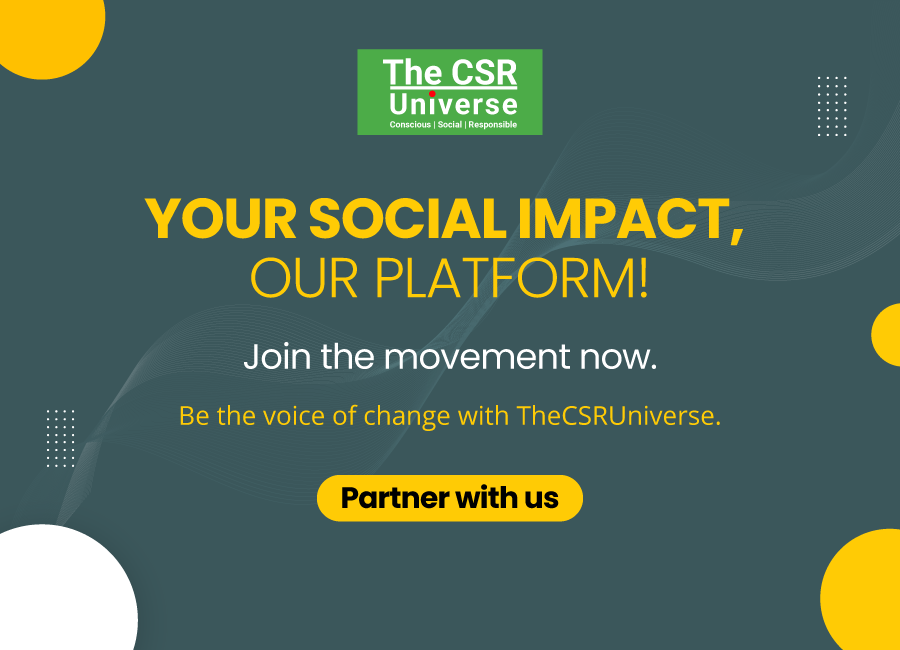

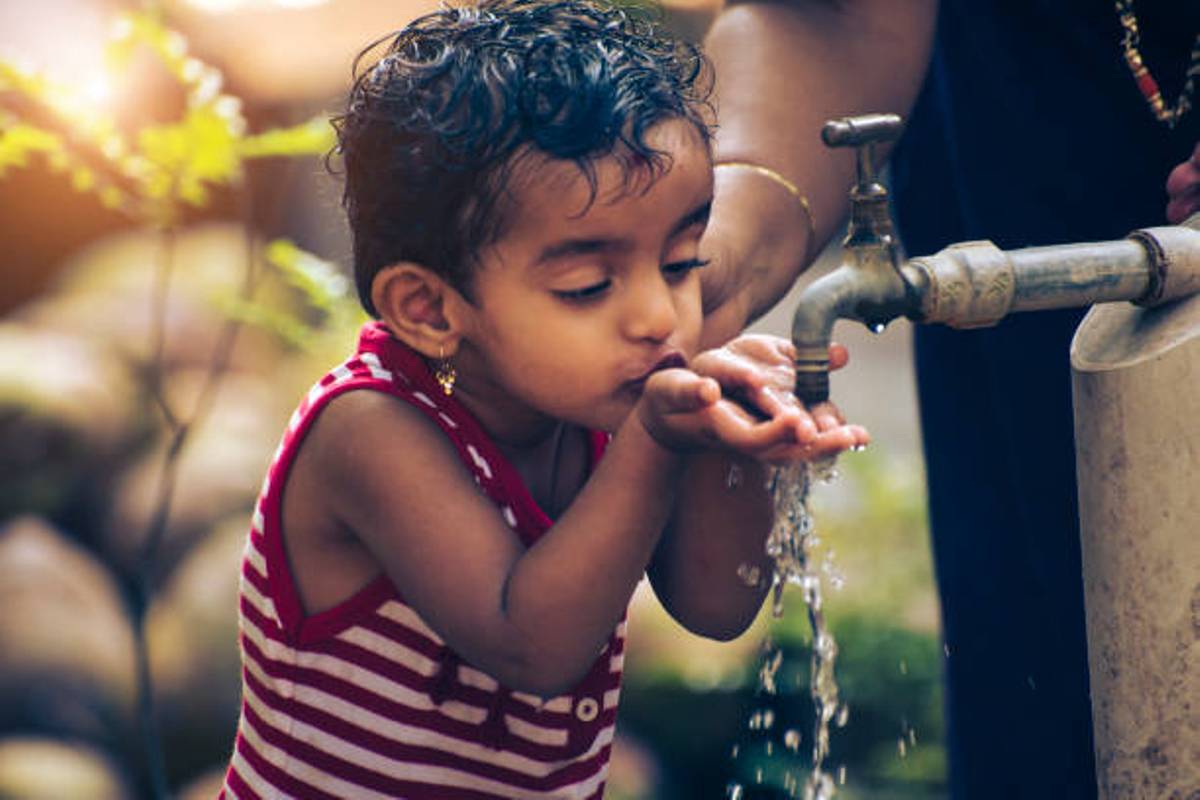
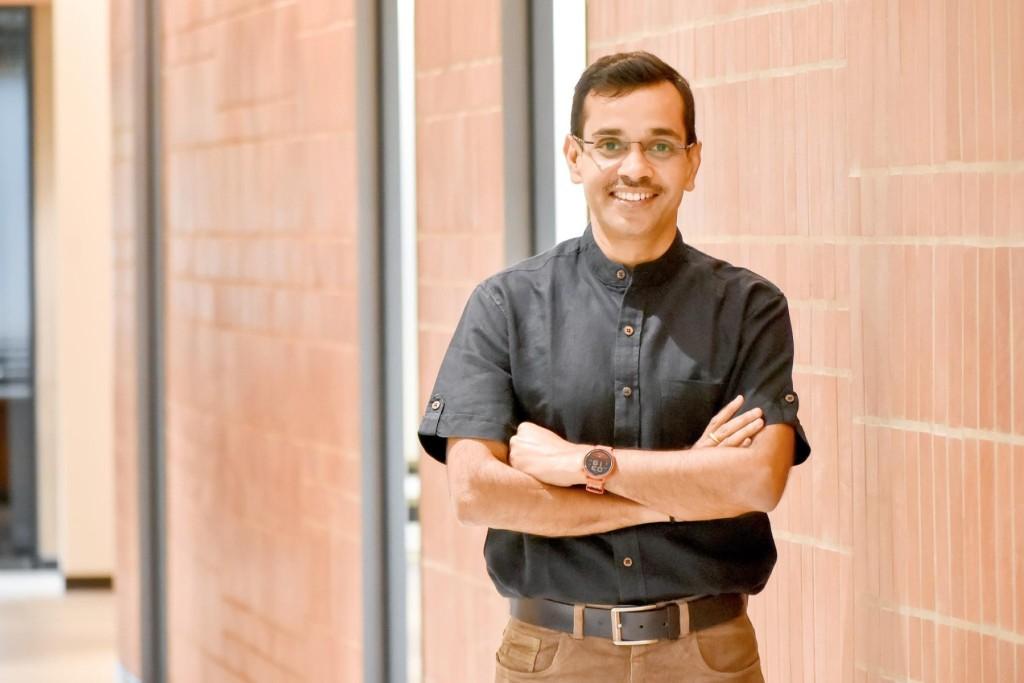

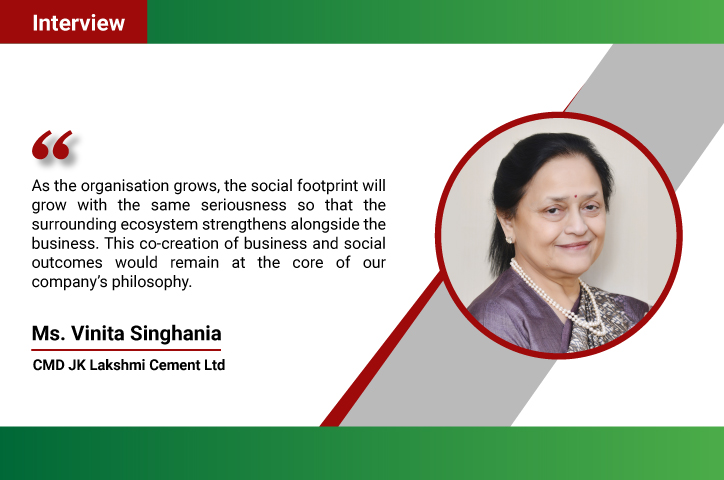
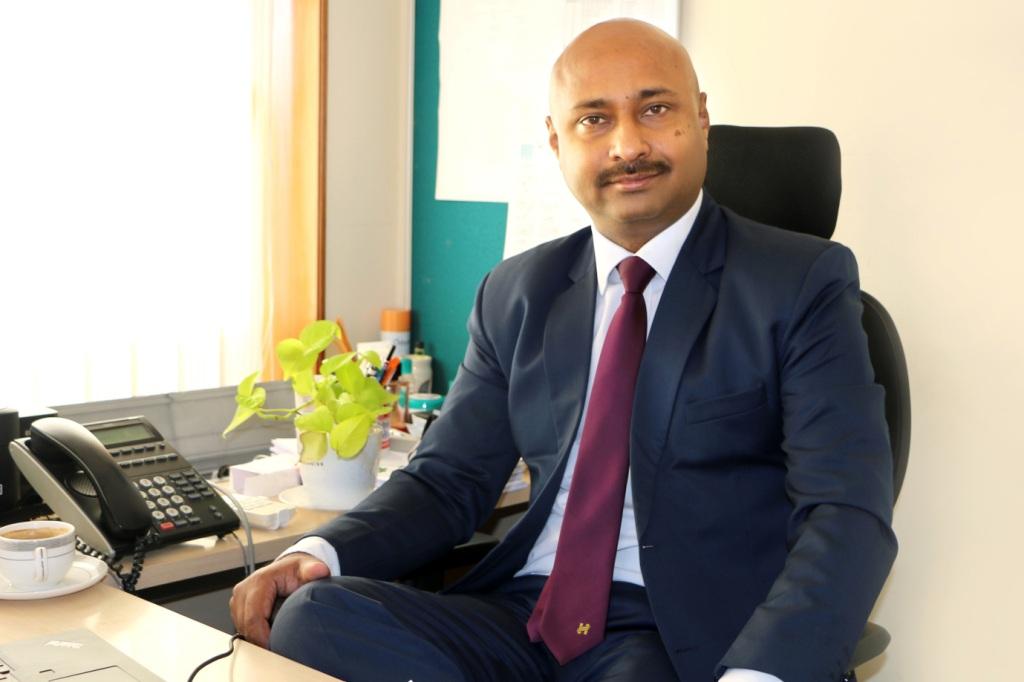
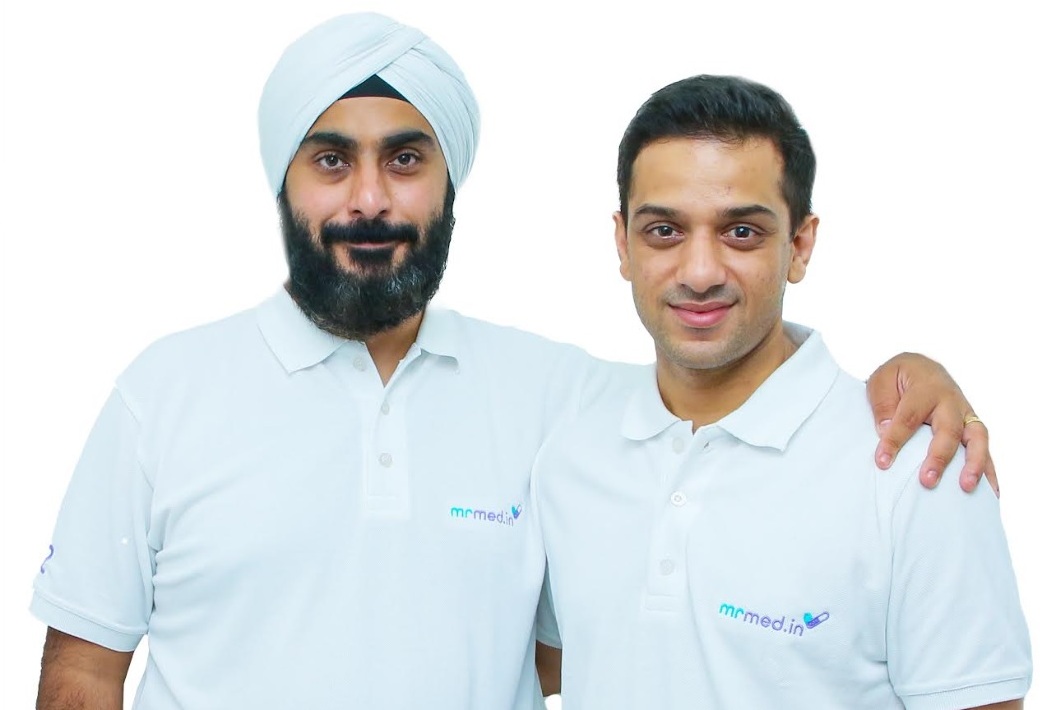
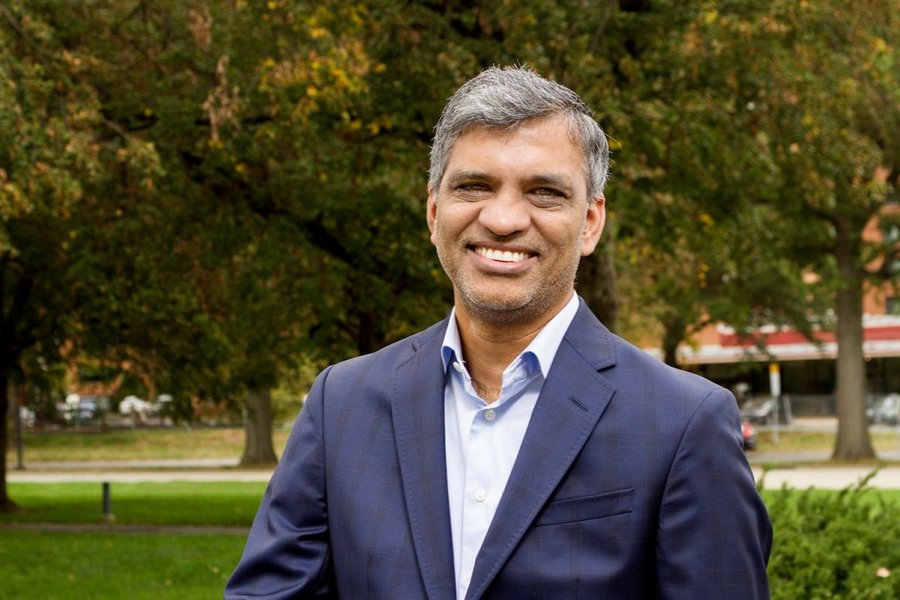
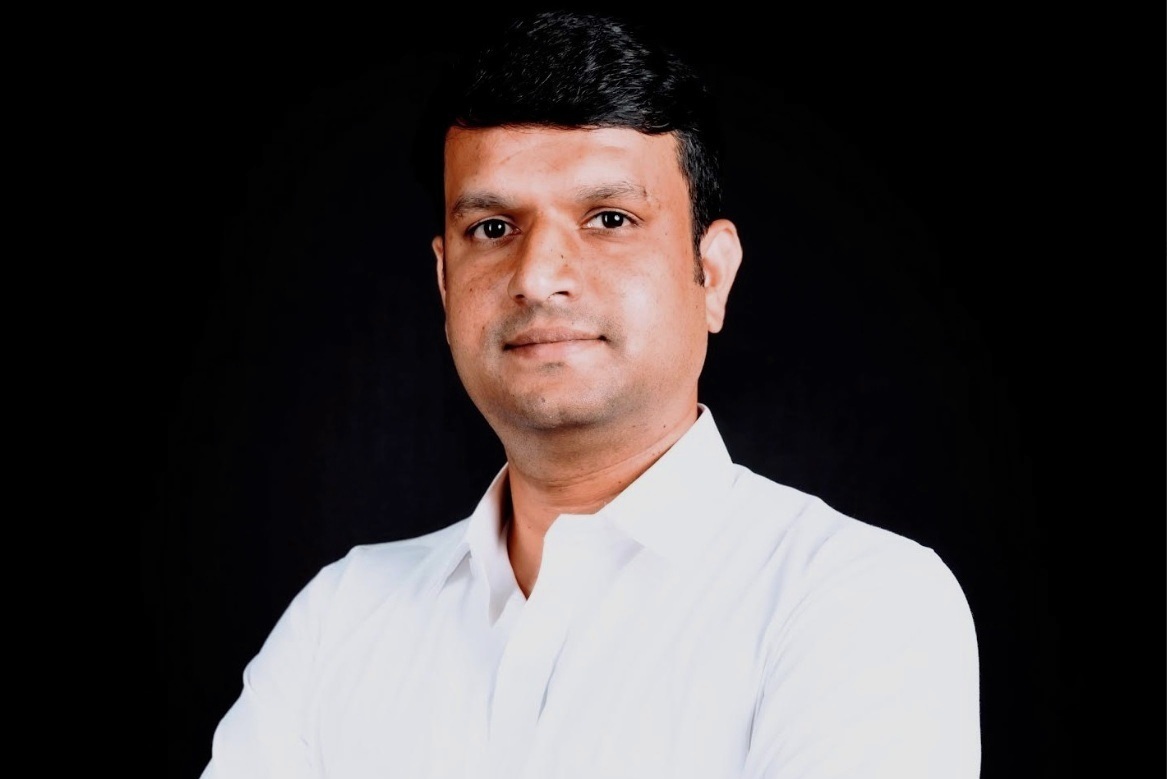
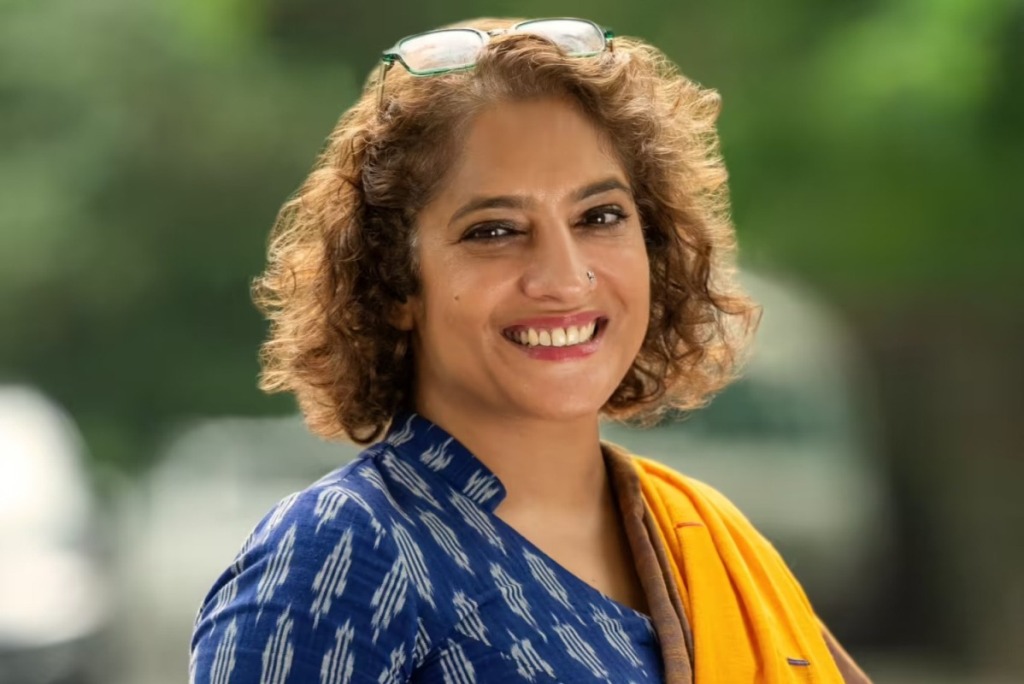
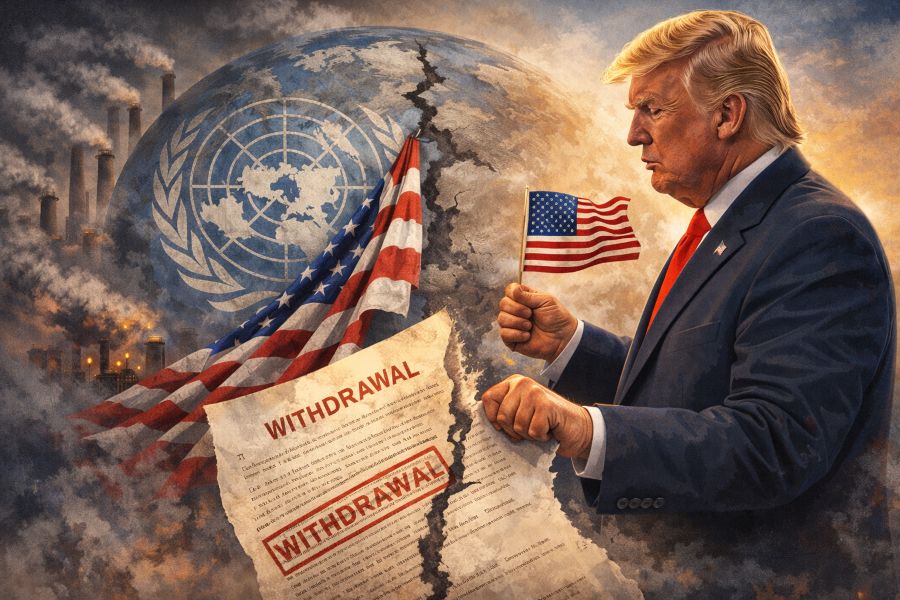
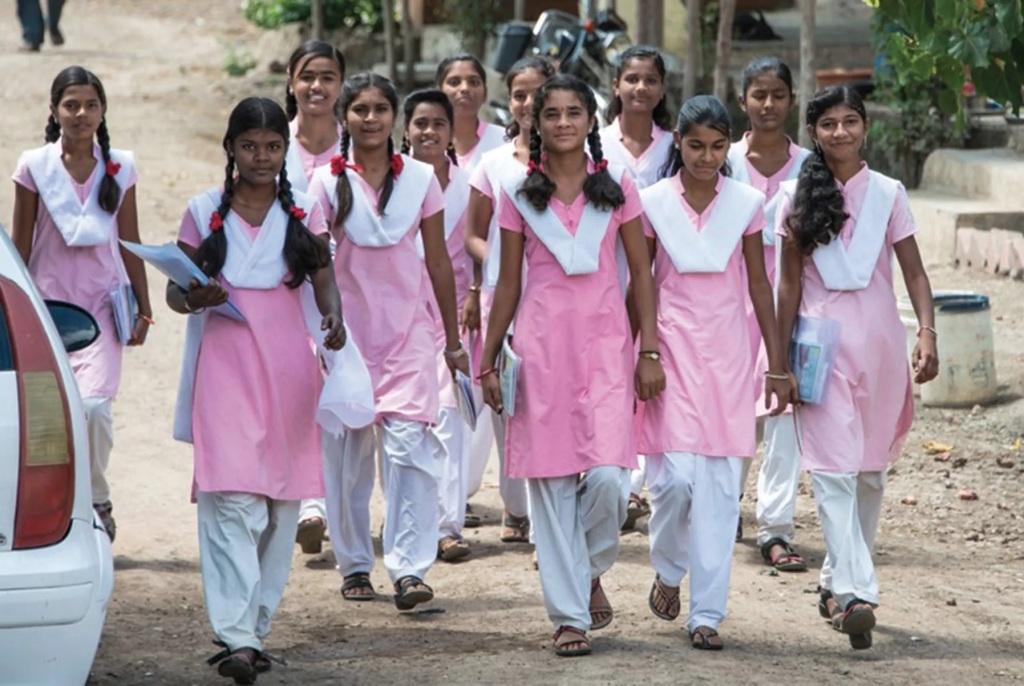
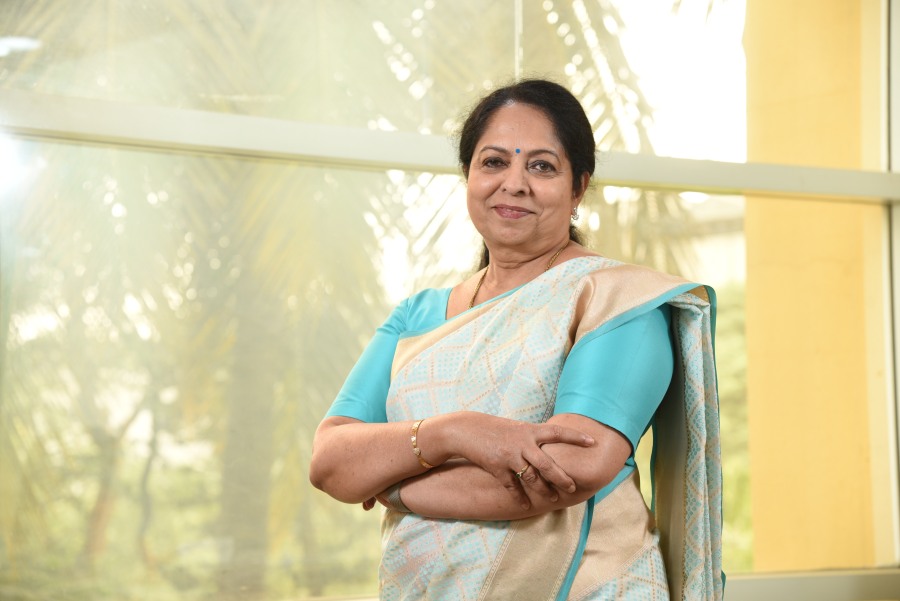
.jpg)
